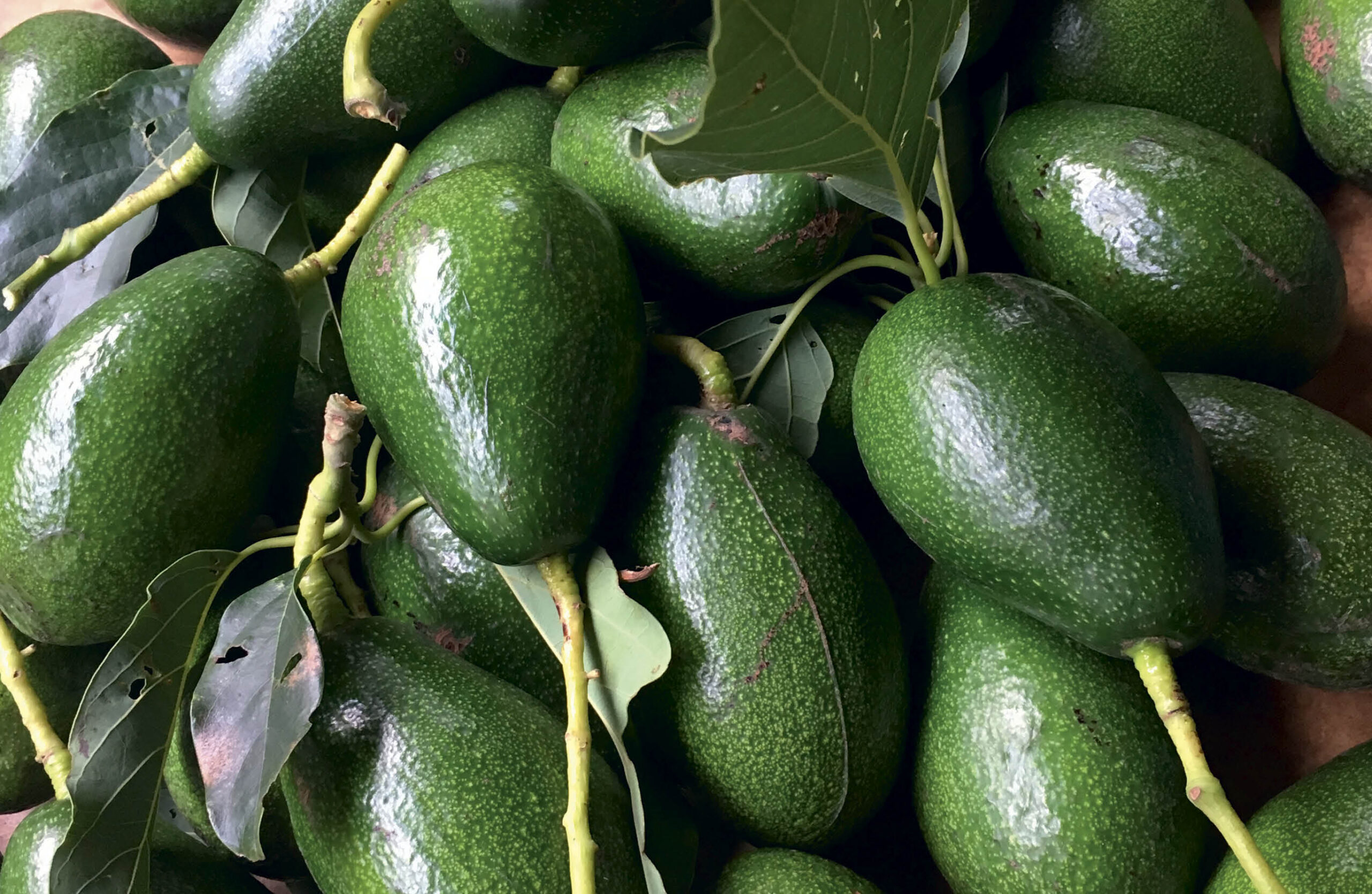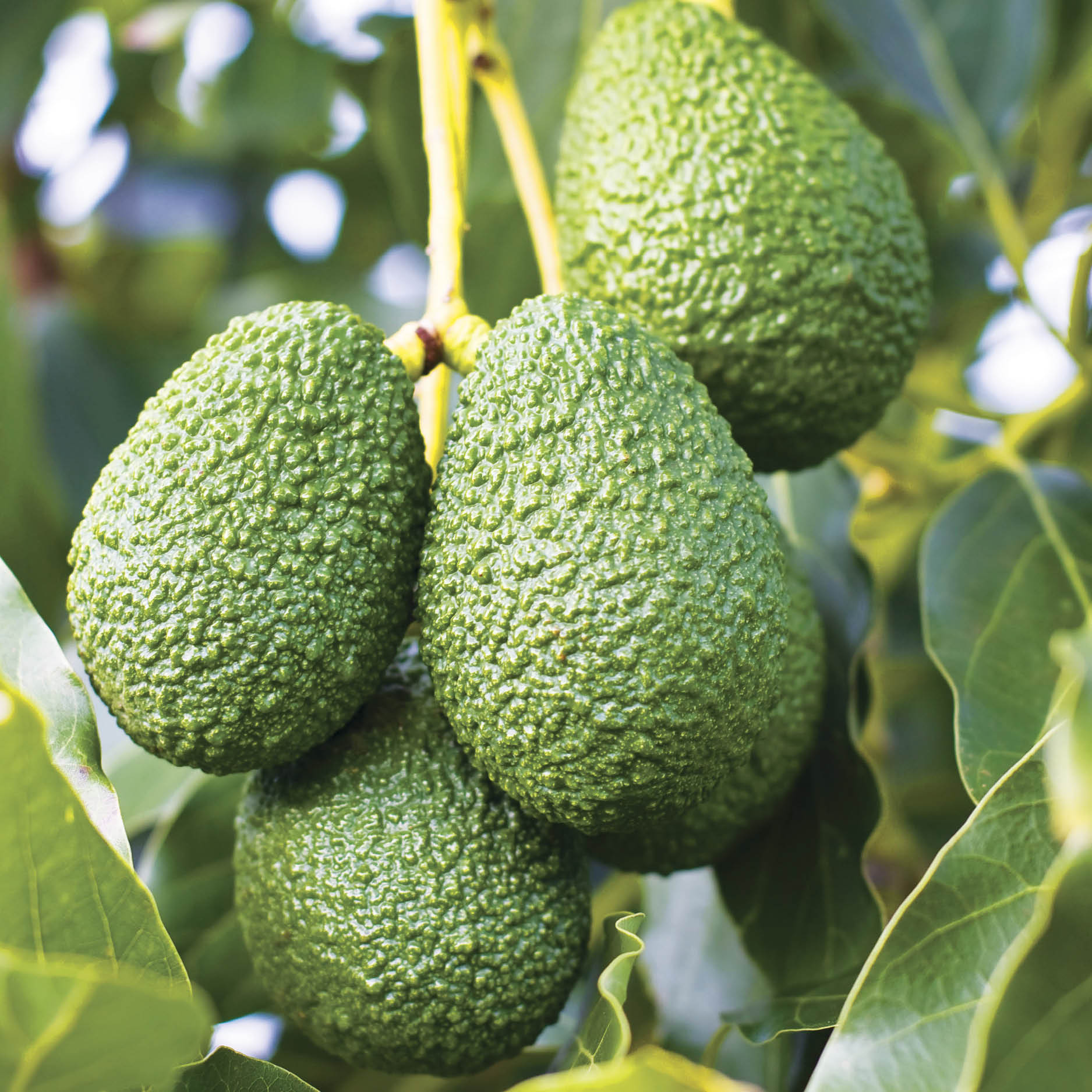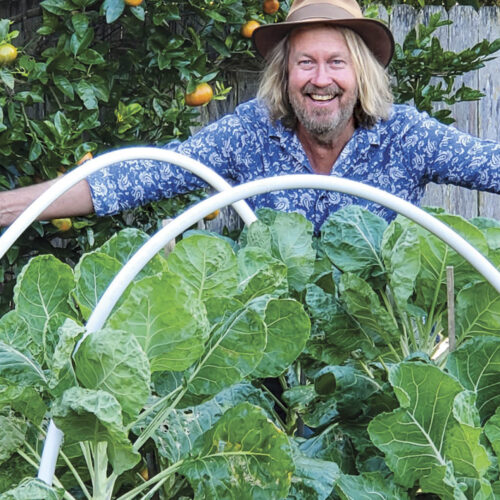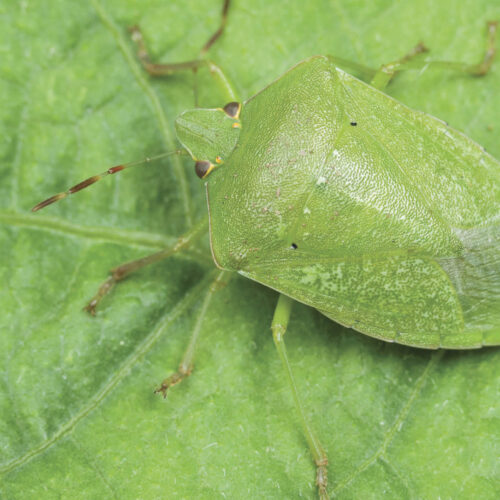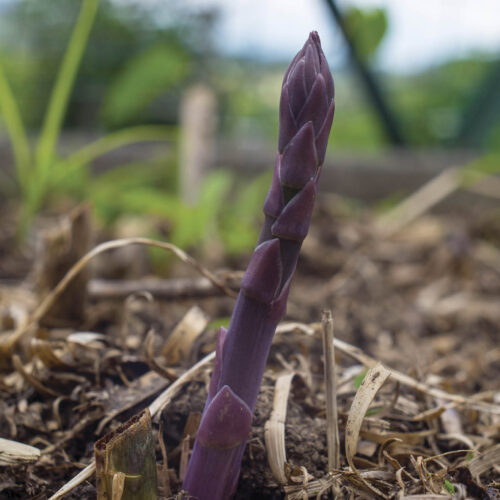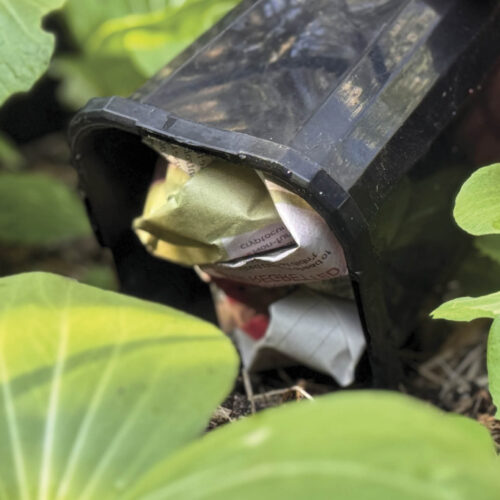How to help avocado trees pollinate
2024-08-22T18:14:09+10:00
There's a trick to pollinating avocado trees: you basically need two different types for success. Learn more here.
There are some tricks to pollinating avocado trees and all that you need to know before you buy and plant your trees, namely they need a buddy to help with pollination.
Avocado varieties belong to either an A or B group, with an A variety needing a B for cross-pollination to fruit. This is because the A group avocado flowers are receptive to morning pollination, but only release pollen in afternoons. The B group flowers release their pollen in mornings and are receptive to pollination in afternoons.
Pollinating success
So for best success, plant an A group and a B group tree no more than 5 metres apart. In fact, I recommend ‘duo planting’ your trees close enough together so they grow into one canopy. This is because I’ve noticed that if it’s very hot when my avocado trees are flowering, I have less fruits that year.
Perhaps surprisingly, houseflies and blowflies are the most significant pollinators of avocados. Bees also contribute, as do other insects such as hoverflies.
Choose both an A and a B type
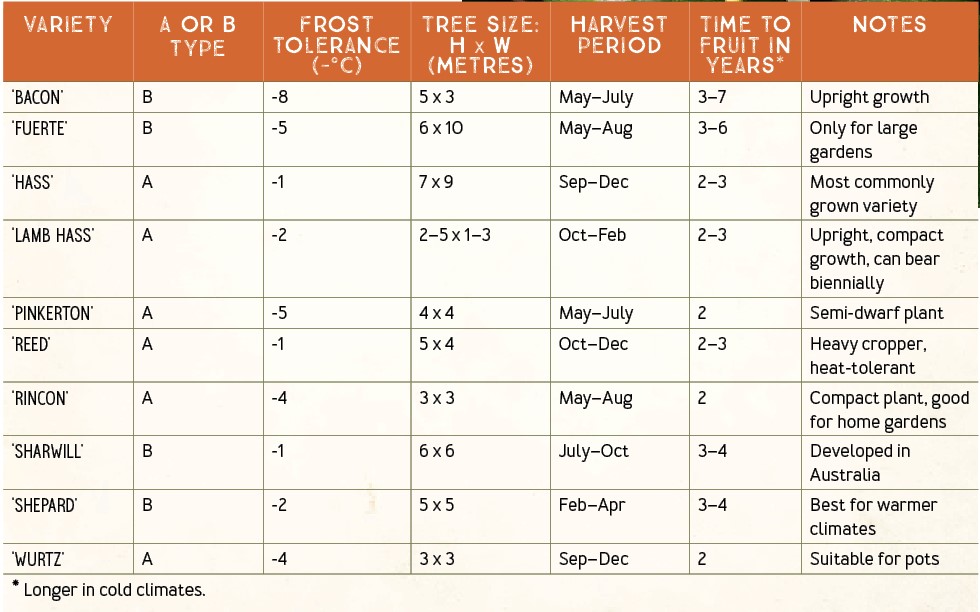
Avocado essentials
- Shade-loving, lush rainforest tree.
- First harvest 3–5 years.
- Best planted in spring or summer (but not extreme heat).
- Pollination: plant an A and a B group tree, preferably no more than 5m apart.
- Acid to neutral soil pH 5.5–7 and must be well drained.
- Add compost and manure to the soil. Mulch well after planting.
- Microclimate is important. Protect plants, especially young ones from extreme heat, cold and wind.
- Water well during hot weather.
- Feed young trees every 6–8 weeks with high-nitrogen chicken fertiliser.
- Fruit ripens off-tree, so test maturity first.

